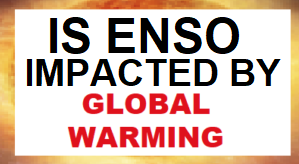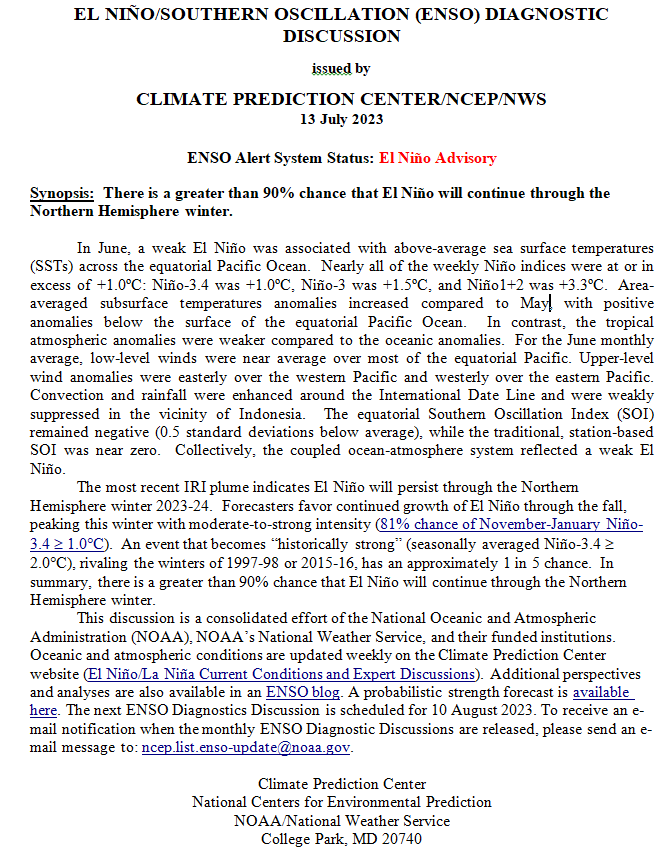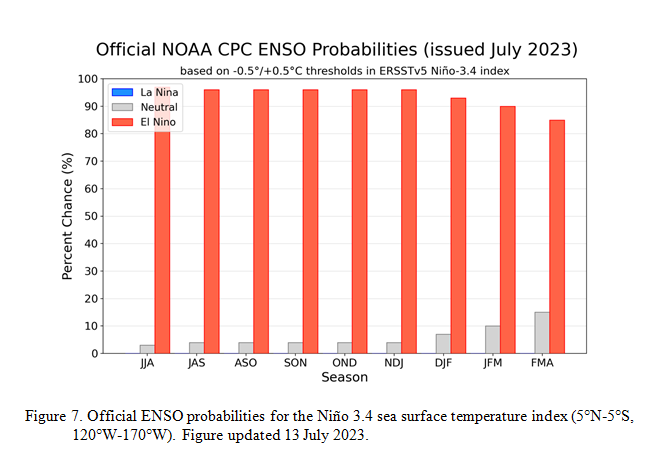Is Global Warming Impacting the ENSO Cycle – August 5, 2023
Is Global Warming impacting the ENSO Cycle? A friend of mine posted an interesting post on this on Climate.Gov and I think it is worth discussing. But we really do not have the ability at this point in time to know if this is happening and if so why.

This introduces the ENSO BLOG post on Climate.gov. Here is the link to the full post.


He provides two pieces of evidence. This is the one that resonated with me.

| Presumably, we see higher highs (El Nino) and lower lows (La Nina) since 1960. We do not seem to see higher highs and higher lows which one might expect with warmer oceans but all the values are anomalies that complicate things a lot. Actually, I am not 100% sure of exactly what this data represents. Presumably, it is the 5-month running mean minus the 1981- 2010 climatology. That is slightly different than the usual calculation of the value of the Nino 3.4 Index but it is challenging to compare current values to historical values as the temperature of the ocean surface increases. I will copy Mike McPhaden and ask him if I have described the above correctly – stay tuned. Trying to understand the impact of Global Warming is not simple. |
The Footnotes to the post provide useful information








